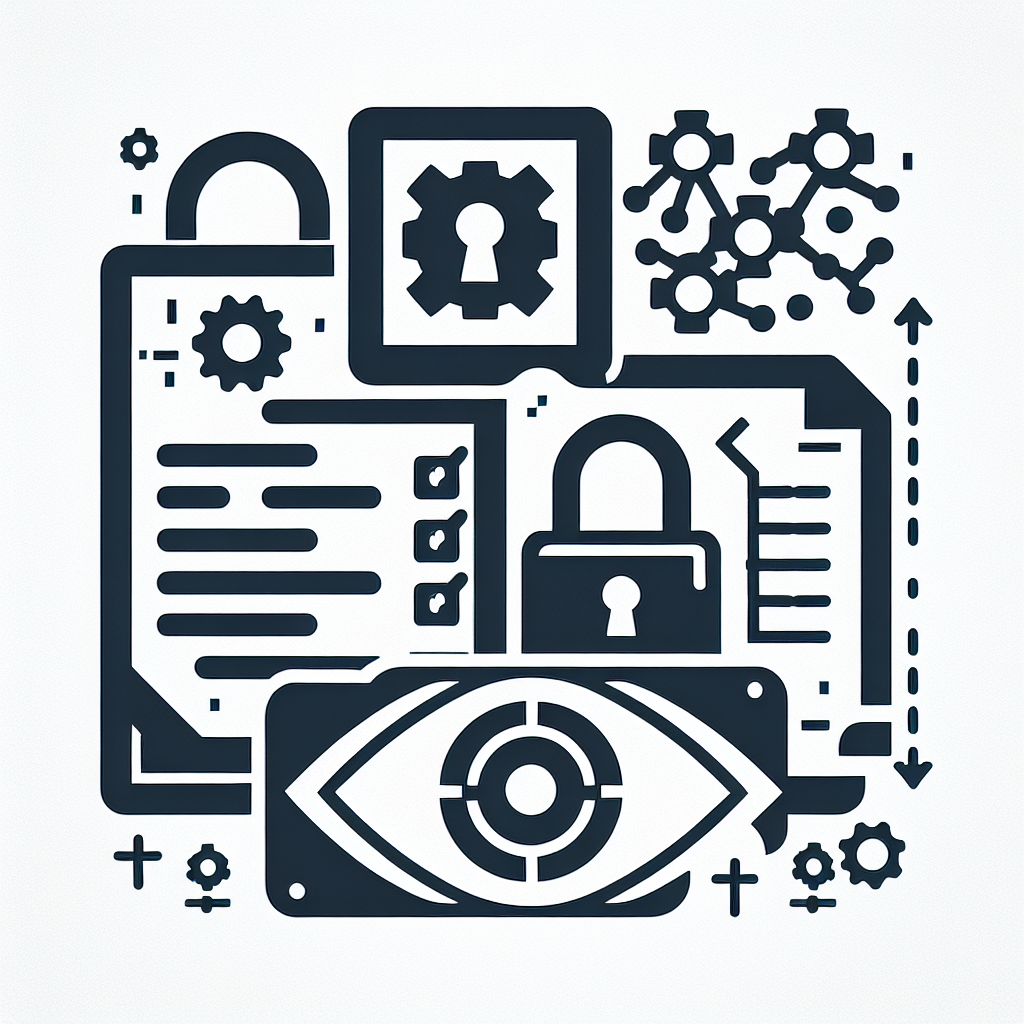
Access logging records every attempt to reach a system, application, or resource and is essential for security teams to detect threats, investigate incidents, and meet compliance requirements.

Access logging is the practice of recording attempts to interact with systems or data. Logs capture who connected, what they requested, when it happened, where the request came from, and whether it succeeded. These records are the foundation for detecting unauthorized access, troubleshooting errors, and proving activity during audits. Organized, searchable logs let security teams notice abnormal behavior quickly. Without them, tracing an incident is slow or impossible.
The most important fields are timestamp, user or device identifier, requested resource, request method, and result status. Logs often include IP addresses, user agents, and session identifiers for added context. Some systems also add geolocation, application version, or protocol details. Capturing consistent fields across systems makes correlation faster. Avoid storing sensitive data in plain text inside logs.
Access logs highlight anomalies like unusual login locations, sudden spikes in failed authentications, or unexpected requests to sensitive files. By scanning for these patterns, teams can prioritize and respond to threats faster. Logs provide the timeline needed to determine the initial access point and scope of compromise. Correlating logs across systems reveals attacker movement. Early detection from logs reduces damage and recovery time.
Access logs show attempts to use a resource; audit logs document the actual actions and changes performed. Audit logs are typically more detailed and track user activity such as configuration edits, file deletions, or privilege changes. Both are valuable: access logs for spotting access patterns, audit logs for proving what happened. Depending on regulations, you may need both types. Treat audit logs as higher-sensitivity data and protect them accordingly.
Enable logging on web servers, databases, file servers, cloud consoles, VPNs, and admin portals as a minimum. Don’t forget APIs, identity providers, and endpoints used by automation. Prioritize systems that handle sensitive data or administrative privileges. Centralizing logs from all critical systems makes detection and forensics far more effective. If in doubt, log it; you can tune volume later.
Retention depends on compliance requirements and operational needs; common windows run from 90 days to multiple years. Shorter retention saves storage and reduces exposure; longer retention helps long-term investigations and regulatory demands. Define a policy that balances legal obligations, forensics needs, and storage costs. Automate retention and secure archival storage to prevent tampering. Document retention periods for audits.
Store logs in a write-once or append-only system when possible and restrict who can read or modify them. Encrypt logs at rest and in transit to prevent interception and tampering. Use role-based access controls and audit who views or exports logs. Replicate critical logs to an isolated location to preserve evidence if primary systems are compromised. Regularly verify log integrity with checksums or signatures.
SIEM platforms, log aggregators, and managed detection solutions help ingest, normalize, and alert on log data in real time. These tools apply correlation rules, anomaly detection, and dashboards to surface high-priority events. Automation reduces alert fatigue and speeds analyst response. Combine centralized tooling with tuned alerts and periodic rule review for best results. For help with managed monitoring, see Palisade.
Yes — access logs reveal slow endpoints, error rates, and traffic patterns that point to bottlenecks. Analyzing response times and status code distribution helps prioritize fixes. Correlating log events with deployment windows identifies regressions caused by new releases. Use sampling and aggregation to manage scale without losing visibility. Performance logs are a practical bonus to security-focused logging.
The main errors are inconsistent log formats, missing critical sources, weak protection of log stores, and lack of monitoring for alerts. Others include retaining logs too briefly and not validating log integrity. Overlogging without parsing or alerting also creates blind spots. Fixing these reduces time-to-detect and improves investigations. Start simple, then iterate on coverage and tooling.
Often yes — many standards (e.g., HIPAA, SOC 2, GDPR) expect records of access to sensitive data. Check specific frameworks for required fields and retention. Ensure your logs meet both technical and documentation requirements during audits. Centralized, tamper-resistant logs make audits smoother. Palisade can help map logging to control requirements.
Mask or redact personal information and credentials before storing logs. Configure applications to exclude PII from verbose debug output. Use field-level filtering and tokenization for high-risk fields. Review logs periodically to find accidental exposures. Implement strict access controls on logs to minimize risk.
Forward logs from endpoints and services to a centralized collector or SIEM using secure transport (TLS). Normalize formats (JSON, CEF, or syslog) to simplify parsing and correlation. Use log rotation and partitioning to manage scale. Apply structured tagging so searches return relevant results quickly. Many teams also use cloud-native logging services for scalability.
Use integrity checks (hashes, signatures) and store copies in immutable storage. Monitor for gaps in timestamps or unexpected deletion events. Alert on changes to log access permissions or replication failures. Regularly reconcile logs across sources to find inconsistencies. Treat any unexplained alteration as a serious indicator and investigate promptly.
Start with internal requirements and expand to platform-specific docs, then adopt centralized tools and automation. For practical templates and managed services, visit Palisade. Build a prioritized roadmap: enable logging, centralize, tune alerts, then harden storage and retention. Testing and exercises will validate your setup over time.
Internal resources and further reading: Palisade access logging resources.